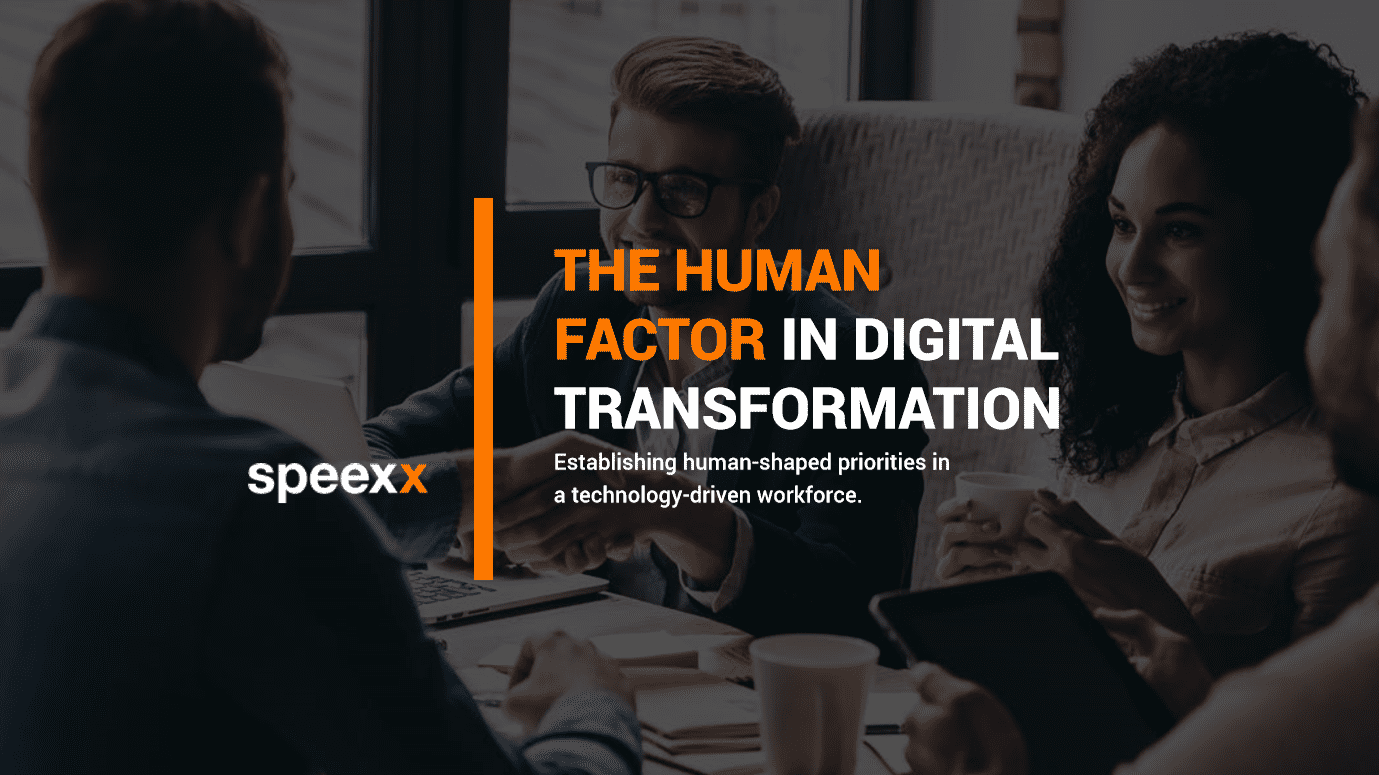e-book | The Human Factor in Digital Transformation
In a technology-driven workforce, establishing human-shaped priorities is key for HR and L&D professionals. Technology’s effect on the global workforce is causing a reskilling revolution, and businesses need to rethink how humans and AI work together in today’s Digital Transformation.
Download a copy here
